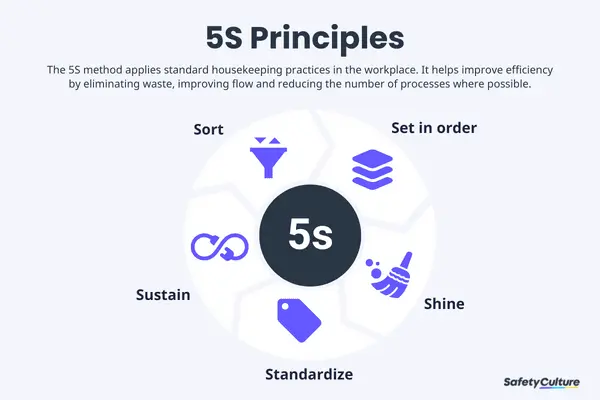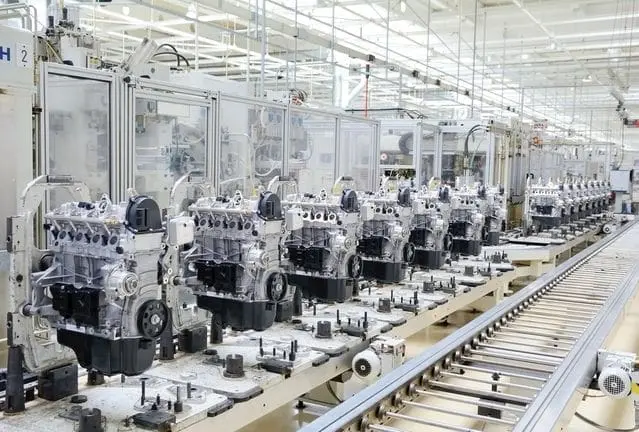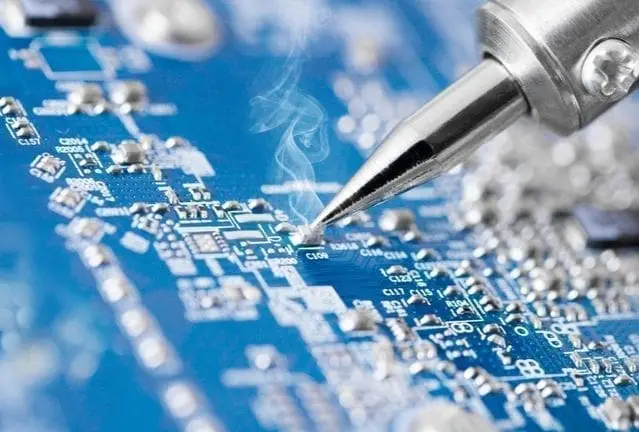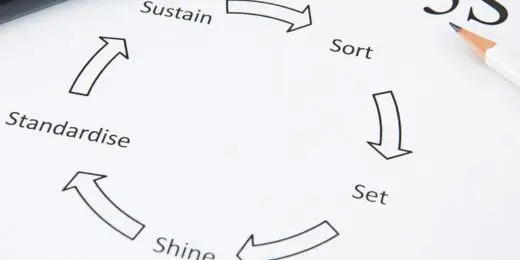What is 5S system?
5S system is a five-step methodology for organizing workplaces by eliminating waste, improving flow, and reducing the number of processes where possible. The 5s methodology applies five principles:
- Sort (seiri)
- Set in order (seiton)
- Shine (seiso)
- Standardize (seiketsu)
- Sustain (shitsuke)
These principles were pioneered by Toyota Motor Company and have improved efficiency in their manufacturing facilities.

5s Principles
History of 5S
5S Lean was developed by Hiroyuki Hirano in post-war Japan, where it was famously utilized by Toyota. By integrating 5S principles into their already famous manufacturing framework dubbed the Toyota Production System or TPS, Toyota gained international prominence as a prolific producer of high-quality motor vehicles.
Largely due to Toyota’s success, companies from a variety of industries have since started integrating 5S practices into their own processes. HP, Boeing, Harley-Davidson, Nike, Caterpillar, and Ford are just a few of these examples that found success with the help of 5S Lean.
Importance of 5S Lean
5S is a launching pad for success in the global economy—when done right. Implementing the 5S system is important in the workplace because it can result in more efficient ways of getting the job done. For example, business processes can flow more efficiently when employees constantly strive to clean and set their workspace in order. Organizations can begin to maximize the benefits of practicing 5S when they recognize the need to be proactive in cutting down wastes in whatever form they may be—wasteful movement, waiting time, or step in the process.
Benefits of 5S
Though several successful companies that use 5S are in manufacturing, 5S Lean is versatile enough to benefit just about any type of operation, regardless of size and industry. Here are some general business benefits of implementing the 5S Lean methodology:
Waste Reduction
As evident in the name itself, 5S Lean aims to “trim the fat” from business operations so the relevant processes and components that remain can operate at maximum capacity. More specifically, it aims to eliminate the 7 types of waste: overproduction, transportation, inventory, motion, waiting, overprocessing, and defects.
Improved Productivity
Through the successful reduction of waste, productivity is naturally improved. Purchasing only the necessary equipment, materials, and tools ensures that workers spend less time sorting and more time producing. Optimizing old processes for efficiency means you get more work done in less time.
A Safer Workplace
Another side-effect of a “lean” workplace is improved safety. Having a well-organized and clutter-free working space lowers the risk of accidents such as slips and trips, toppling or falling objects, and exposure to hazardous materials.
Scale Your Enterprise Operations with Customizable Solutions
✓ Scale ✓ Data ✓ Security ✓ Integration ✓ Teams
Learn MoreTraining and Certification
While the exact curriculum for 5S training programs may vary, it is important that 5S training succeeds in helping your team understand each of the 5 principles for effective 5S implementation, no matter how many organizational changes are made along the way.
What does a 5S training program look like?
Training participants are typically tasked with completing both individual and team activities covering each of the 5 principles. 5S training is best conducted in the individual or team’s place of work, as this maximizes efficiency by going through training while practicing 5S in your workspace.
Where can I get 5S training and certification?
Like SafetyCulture’s Training, several websites offer 5S training materials and certification. 5S training bundles may also include 5S webinars and 5S assessment templates that team leaders and other personnel in charge can use to evaluate the participants’ application of 5S principles in their workspace.
Create Your Own 5S Lean Plan
Eliminate manual tasks and streamline your operations.
Get started for FREETop Industries That Use 5S Lean
Initially gaining popularity through its usage in improving manufacturing processes, companies outside of the manufacturing industry discovered that the 5S methodology was versatile enough to be used for other types of business operations. Below are some of the top industries that benefit from the 5S methodology.
Manufacturing

5S in Manufacturing Industry
Developed by Sakichi Toyoda in the 70s and integrated into the TPS (Toyota Production System), 5S helped make Toyota one of the top automobile manufacturers in the world. Toyota also uses plenty of checklists to ensure that all 5S activities are performed consistently. With this success, the 5S became a standard for manufacturing companies striving to maximize their potential.
Medical

5S in Medical Industry
In hospitals and medical practices, 5S Lean can be used to promote orderliness, ensure proper labeling of medicine and paraphernalia, and improve overall patient safety.
Retail

5S in Retail Industry
5S Lean is a perfect fit for the retail industry since it promotes sorting and organization, two elements that benefit both retail workers and prospective customers. Seiri is applied to sort stocks in the store room so workers can easily find specific items, and it can also be applied to display racks to make sure customers can find what they’re looking for without issue. Seiton is applied by labeling stock and equipment for easy identification and placing them in optimal locations for quick access. Seiso is applied to keep the store and stocks clean, while Seiketsu and Shitsuke are applied by implementing standards and protocols via training to ensure that quality is maintained across all branches at all times.
Hospitality

5S in Hospitality Industry
Organization, order, cleanliness, and consistency—qualities customers look for in a hospitality setting—are achieved through the 5S methodology. Integrating 5S principles within the culture of hospitality businesses improves operational efficiency, maximizes resources, and increases overall customer satisfaction.
Computers and Technology

5S in Computer Industry
Hewlett-Packard’s Computer Systems Division uses 5S to make system building more efficient. Having computer parts sorted, properly labeled, and stored in easily accessible areas makes manufacturing faster and easier. 5S can also be used to streamline work in software by marking frequently used tools to make them easily accessible. Standardizing work practices can keep employee performance consistent across different offices and shifts.
Education

5S in Education
Schools need to create a pleasant environment conducive to learning. Classrooms benefit from 5S Lean by removing all unnecessary items from the area, including excess seats, tables, and materials, to help students focus.
General Office Setting

5S in General Office
Regardless of industry, almost all businesses have an operations center that takes care of the business function from behind the scenes. Having cluttered desks and untidy work areas hurts productivity and unintentionally promotes wasteful use of resources. Removing unnecessary items by applying 5S can boost efficiency and even bring down operational costs.
Implementing 5S in other aspects of the workplace, such as product management, project planning, or quality control, among others, also helps ensure that the processes included in them are organized and set up for success.
FAQs About 5s Lean
The pillars or principles of 5s Lean are Sort, Set in order, Shine, Standardize, and Sustain. These five pillars represent a specific set of actions, which, when utilized and implemented harmoniously together, is proven to reduce waste and improve productivity, therefore increasing operational efficiency.
While both the 5s and Six Sigma methodologies can be used to improve efficiency and reduce waste, the main difference between the two is their approach and focus. 5S emphasizes optimizing the work environment, while Six Sigma focuses on identifying and eliminating defects and errors in processes through statistical analysis using tools such as Control charts, Pareto charts, and Failure Mode and Effects Analysis (FMEA), among others.
While 5S Lean focuses specifically on workplace organization and standardization, Kaizen is an approach to overall process improvement. To elaborate, 5s Lean provides a framework for creating a clean and organized workplace, while Kaizen provides a methodology for continuous improvement beyond just workplace organization.
To fully benefit from 5s, everyone—employees, leaders, and upper management—should put it into practice. 5s aims to create a culture of continuous improvement and efficiency, and this can only be achieved when all members of the team are on board.




